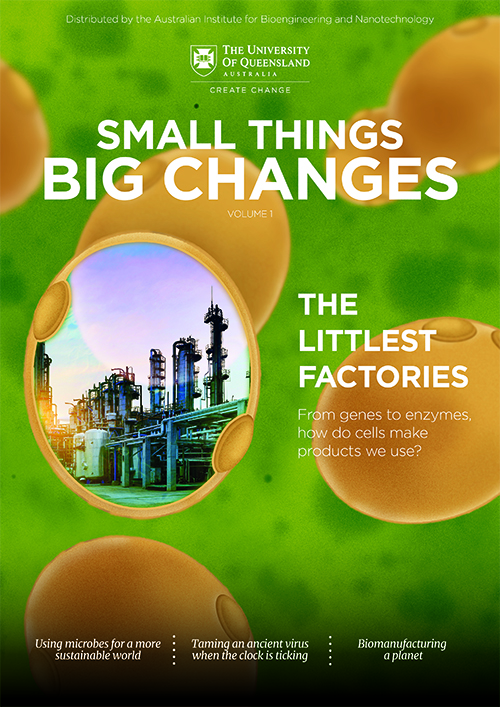Synthetic biology is the design and construction of novel, nucleic-acid encoded biological parts, devices, systems machines and organisms, and their application for useful purposes
Genetic engineering refers to the direct manipulation of an organism’s DNA, and in 1973 scientists created the first genetically engineered organism when they inserted a gene for antibiotic resistance into E. coli bacteria. Since then, the ability to deliberately modify genomes has become increasingly sophisticated, yet for many years this was limited to altering, inserting or deleting one or a few genes at a time.
As any engineer will tell you, some of the most interesting work happens when you can design and re-design entire systems by making many changes all at once.
In recent years, an explosion of advanced genetic technologies have enabled scientists to do just this. The result is an entirely new field called synthetic biology, in which the core principals of engineering – Design, Build, Test, and Learn – can be fully applied to biology.
The concept for synthetic biology comes from electrical engineering where you have defined components with known structures and behaviours, just like a capacitor or a resistor on a circuit board.
Join The Network
Stay on top of our industry news and developments, events and opportunities, by joining The Network
So just as electrical engineers can modify or entirely redesign a circuit to achieve a desired result, the development of a remarkable gene editing technology called CRISPR/Cas9 now enables synthetic biologists to quickly and precisely alter the DNA that encodes a wide variety of cellular componentry.
Almost everything done in synthetic biology is genetic modification but synthetic biology methods and new technologies allow us to do it much faster, much more high throughput and to find solutions to problems much more quickly.
CRISPR: The genetic scissors  - - - - -
- - - - -  - - - - -
- - - - -  - - - - -
- - - - -  - - - - -
- - - - - 
When you hear about a gene editing breakthrough these days, it’s often in association with a technology called CRISPR/Cas-9. But what exactly is this new technology, and how is it used in advanced biomanufacturing?
CRISPR stands for Clustered Regularly Interspaced Short Palindromic Repeats – in other words, repeated sequences in DNA. A protein called Cas9 (CRISPR associated protein 9) recognises these repeated sequences and functions like a pair of scissors by cutting the CRISPR DNA.
The beauty of this system is that it allows researchers to cut DNA in a very targeted and precise way. Previously, to alter DNA, researchers would have to copy the genetic sequence of interest, modify it, then insert the modified DNA into the genome in a slow, labour-intensive process.
The powerful CRISPR/Cas9 technology gives researchers the ability to quickly and efficiently edit DNA on the genome. This is achieved by altering the Cas9 protein so it recognises and cuts specific targeted sequences of interest.

